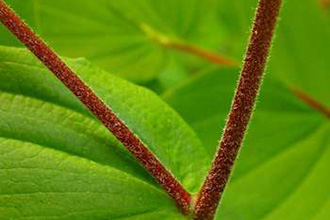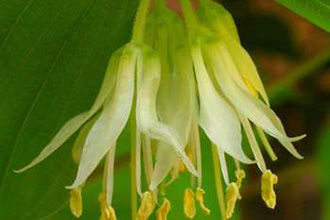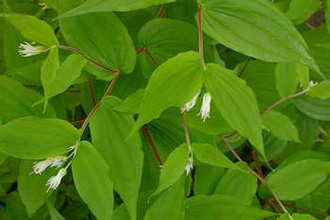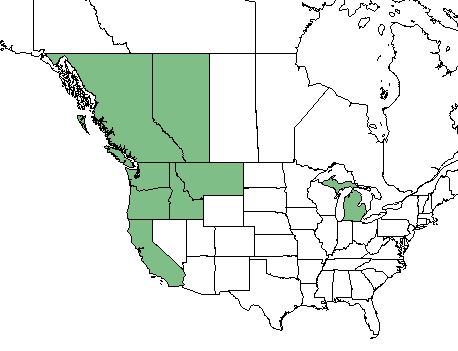Taxonomy: Kingdom - Plantae (plants). Subkingdom - Tracheobionta (vascular plants). Superdivision - Spermatophyta (seed plants). Division - Magnoliophyta (Flowering plants). Class - Liliopsida. Order - Liliales. Family - Liliaceae (Lily family). Genus -Prosartes D. Don Species - Prosartes hookeri Torr. var. hookeri
Ecology: Fairy-bells (Prosartes hookeri)is found on both sides of the Cascades in Washington; British Columbia south to Oregon, east to Montana. In habitiat that is moist, shady, wooded areas, sea level to mid-elevations in the mountains.



